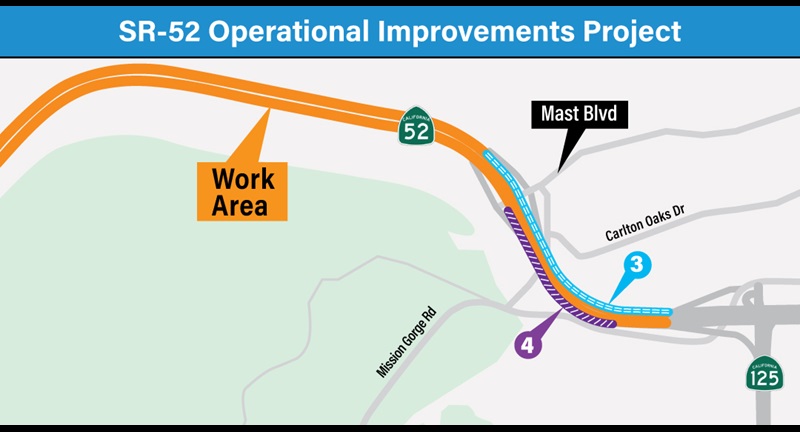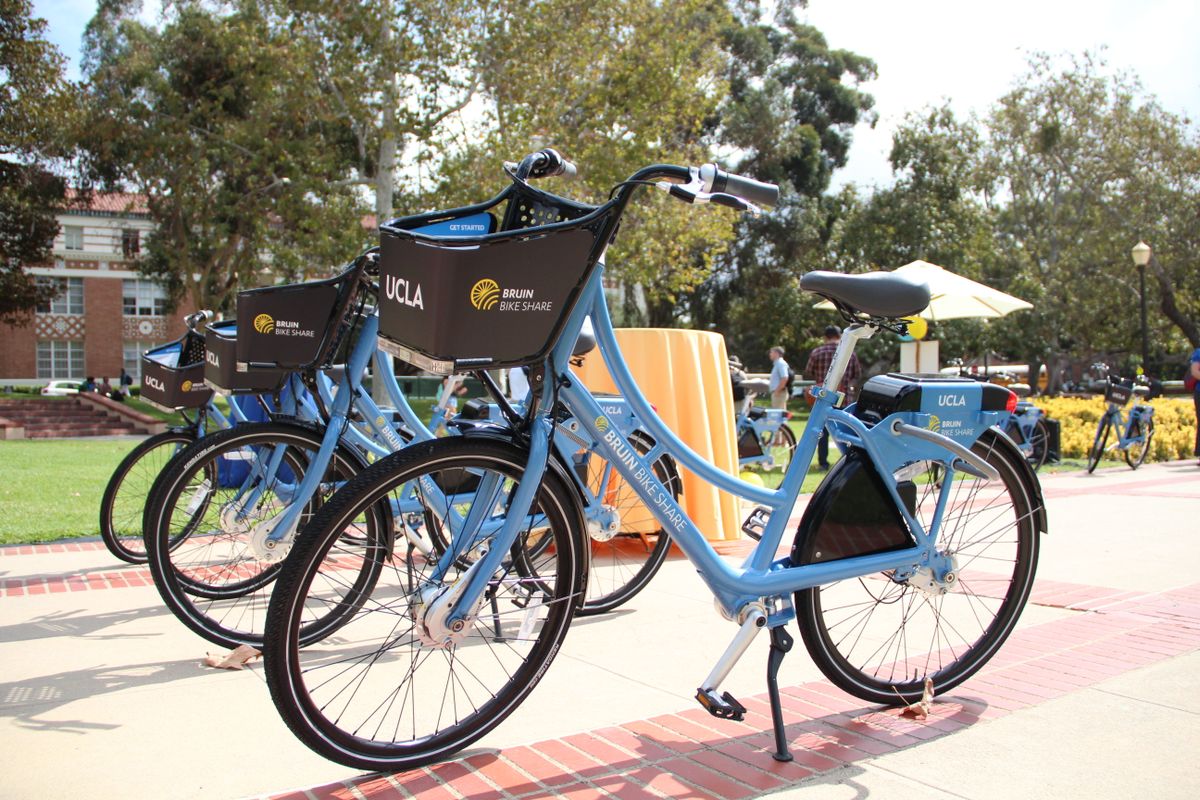
Tension between food trucks and brick-and-mortar restaurants is common in cities. That's because food truck businesses are naturally attracted to the same areas as restaurants: places with lots of pedestrian activity. In Providence, the city has responded to pressure from restaurant owners by asking food trucks to stay away from business districts.
James Kennedy at Transport Providence says there's a smarter solution -- get the price of curbside parking right:
As with many problems in Providence, the food truck situation comes down to poor parking management.
A parking spot is like real estate that we insist is free most of the time (against all logic). Then, when people treat that spot as if it's free, we get annoyed with them, because of course many of the things that a person will do in a free space go against what we might want as individuals. This is what sets the stage for the conflict on Thayer: the parking is metered, but an arbitrary, fairly low rate, instead of being based on occupancy levels. It makes perfect sense that restaurants who pay rent for building space should want trucks to do the same, but the rules that are set up by the business district and the city don't allow for that to happen. The result is a semi-detente where food trucks are kind of allowed, but kind of not allowed. Businesses don't like uncertainty, and that's exactly what this is.
What the Thayer St. business district should do is insist that money collected from meters should go to them, so that they may use it as they may. Perhaps they just want the money to help pay rent. Or maybe they want to plant trees, fix sidewalks, and add more attractions like chairs and tables. Whatever they use it for, though, the food trucks could be a major component of paying the fees. Let the trucks feed the meter all day long if they wish, so long as the rate is set high enough to leave a few spaces open on the street.
Higher parking rates may end up attracting more trucks. As you raise the fees, if the trucks still find it worthwhile to be on Thayer, they'll stay. Oddly enough, other trucks may see the success and join them, even bidding out some private cars. But is this a problem? No. The trucks must be attracting enough pedestrian customers to pay for the spots. The street will be becoming more active.
Elsewhere on the Network today: Market Urbanism reports that Miami is getting denser and more urban. Rebuilding Place in the Urban Space digs up some revealing quotes from a 1961 newspaper story about DC-area highway expansion. And Seattle Transit Blog discusses the city's experiments with community land trusts.





